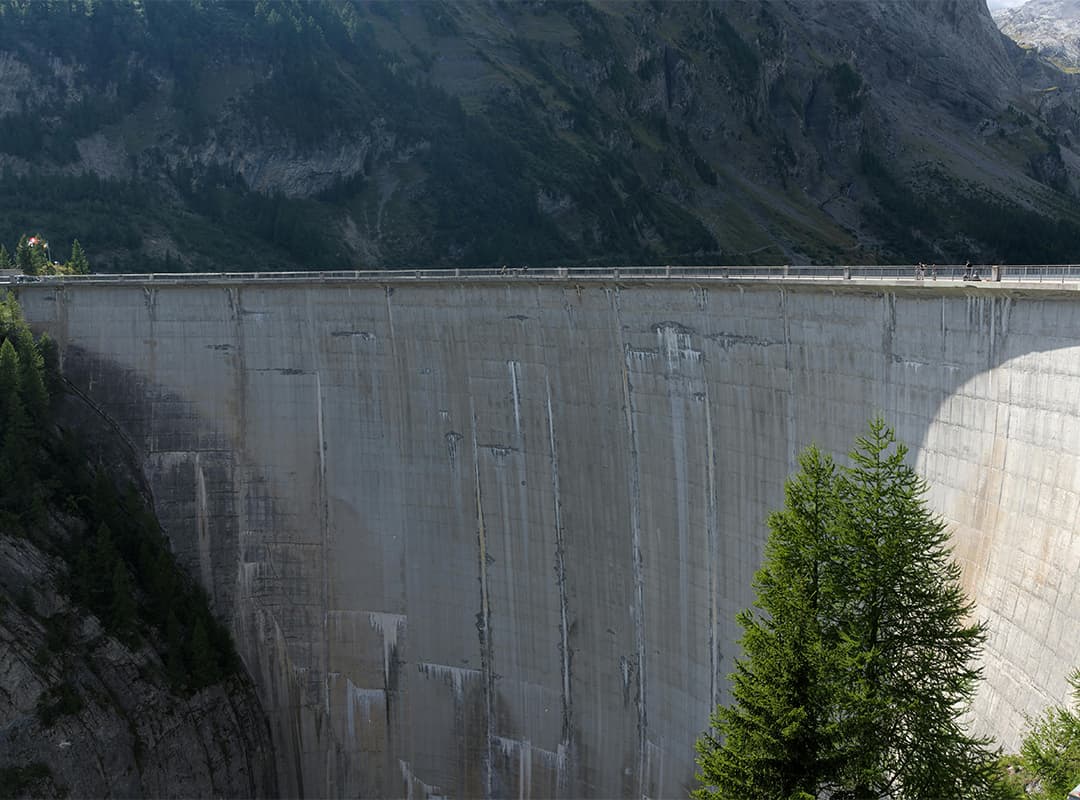There is no common standard for the definition of small hydropower plants in the EU, for example, in Portugal, Spain, Ireland and more recently Greece and Belgium, the upper limit was 10 MW. In Italy, the limit for small hydropower plants was 3 MW, in Sweden – 1.5 MW, and in Poland – 5 MW. Depending on local decisions, operators and administrations may benefit from simplified procedures for small hydropower plants, as well as preferences in the purchase of the electricity they produce. Among small hydropower plants, mini-, micro-, and pico-electric hydropower plants are often found.In this case, the division into categories is not clear. Small hydropower can be divided into:
By the level of discharge
The purpose of a hydropower plant is to convert the potential energy of water associated with the difference in the levels of decline: between the supply and the return (gross decline) of electricity. As a rule, hydropower plants are classified by gross discharge:
- High-discharge power (100 meters or more of drop);
- Medium-drop power (30 ÷ 100 m drop)
- Low-drop power (2 ÷ 30 m drop).
These ranges are not rigid – they can only serve as a categorization of hydropower facilities.
According to their ability to work with the power supply system.
Among the hydroelectric power plants, the following can be distinguished:
- Stream hydroelectric power plants;
- Pumped storage hydroelectric power plants with periodically regulated flow;
- Hydroelectric;
- Electric pumps and power supply from pumped water storage facilities.
